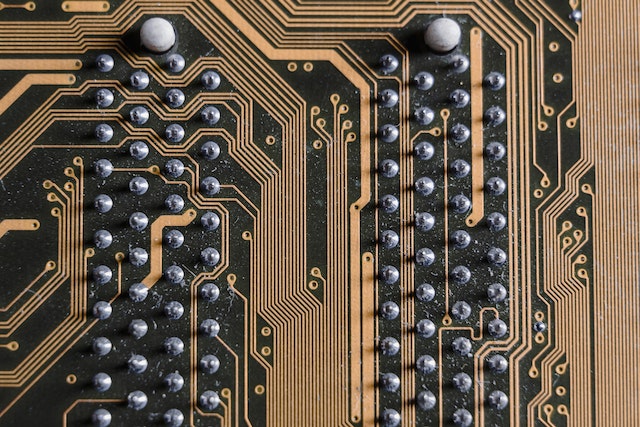Reimagining Electronics: The Role of Two-Dimensional Materials in Advancing Technology
In the pursuit of advancing technology, two-dimensional (2D) materials have proven to be a game-changer. Since the discovery of graphene in 2004, the field of 2D materials research has expanded, exploring properties beyond graphene and unlocking new applications in electronics.

What are Two-Dimensional Materials?
Two-dimensional materials are atomic-scale layers that possess unique properties, including exceptional mechanical, thermal, and electronic properties. Graphene, a single layer of carbon atoms arranged in a hexagonal lattice, was the first 2D material to be isolated. Other members of the 2D materials family include transition metal dichalcogenides, hexagonal boron nitride, and black phosphorus, each offering distinct attributes.

2D Materials in Electronic Devices
The unique properties of 2D materials make them ideal candidates for application in electronic devices. For instance, graphene field-effect transistors (FETs) have shown promise due to graphene’s high carrier mobility and stability. Meanwhile, layered transition metal dichalcogenides (TMDs), such as molybdenum disulfide, have been used to fabricate thin-film transistors owing to their direct bandgap, which graphene lacks.
Black phosphorus is another 2D material with promising prospects in transistor applications. Its layer-dependent bandgap and high carrier mobility make it a suitable 2D semiconductor for various electronic and optoelectronic applications.
Two-Dimensional Materials and Integrated Circuits
In the domain of integrated circuits, 2D materials could potentially revolutionize existing technologies. Graphene and other 2D materials have been explored for their potential to create smaller, faster, and more energy-efficient integrated circuits compared to traditional silicon technology.
However, there are challenges in the fabrication of 2D-based integrated circuits, such as the chemical vapor deposition for creating large-area monolayer 2D materials, contact resistance, and the integration of 2D materials with existing CMOS technology.
Flexibility and 2D Materials
The advent of flexible electronics has also seen the incorporation of 2D materials. Due to their mechanical properties, 2D materials like graphene are strong, flexible, and stretchable, making them suitable for flexible circuits and wearable devices.
Beyond Electronics: Sensing and Frequency Applications
The opportunities presented by 2D materials in electronics extend into sensing applications and high-frequency devices. The atomic sensitivity of 2D materials like graphene allows for the development of highly responsive sensors.
For high-frequency applications, graphene’s high electron mobility, coupled with its ballistic transport over micron-scale distances, allows for the development of high-performance graphene FETs and tunneling transistors.
The Future of 2D Materials in Electronics
The use of 2D materials in electronics has shown promising results, with research and development efforts continuously underway to overcome challenges and exploit opportunities. The unique properties of 2D materials could potentially usher in a new era of miniaturized, energy-efficient, and flexible electronic devices.
The journey towards a future where two-dimensional materials redefine the landscape of electronics is filled with challenges and opportunities. As we continue to harness the full potential of these materials, the exciting prospects of a technologically advanced world come closer to reality.




Comments are closed.